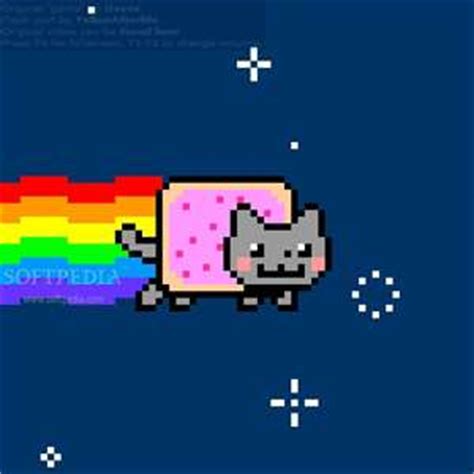Background
I am learning C as part of my Software Engineering studies. As is tradition, here is my first program with a break-down of its elements.
The Source Code
1
2
3
4
5
6
7
8
9
10
11
12
13
14
15
16
// This is a single-line comment
/*
This is a
multi-line comment
*/
#include <stdio.h> // header file
int main ( void ) // function named 'main' with no input which returns an integer value
{
printf("Hello World!\n");// library function that prints to the screen
return 0; // return 0 for success
}
Commenting in C can be done with
1
// single-line comment goes here
or
1
2
3
4
/*
Multi-line
goes here
*/
Header Files
#include <stdio.h> Header files are libraries, functions, variables or other data that can be imported into the C program using the C preprocessor
What is the C preprocessor ?
The C preprocessor executes before a program is compiled. In this case, the preprocessor includes other files into the file being compiled.
<stdio.h> is a C library that provides file operation support and in the case of our program, input/output capabilities.
int main ( void ) is the function declaration. In this case int indicates the datatype that will be returned from the function. main indicates the name of the function and ( void ) indicates that there are no input arguments to the function.
printf is a function that prints formatted output to stdout. In this case, it prints Hello World! to the users screen.
As for the \n character, \ is an escape character, to allow special characters to be represented. In this case \n is for newline. Some others are here (Geeksforgeeks, 2017).
return 0; is the integer value returned. 0 is for a successful execution / normal exit of the function. Other values indicate that an error occurred. The main() function returns and implicit 0 if not return statement is used. Some other exit codes can be seen here (Geeksforgeeks, 2020).
Appendix:
Escape Characters
| Escape Sequence | Meaning | Explanation |
|---|---|---|
| \a | Alarm or Beep | A beep sound is generated |
| \b | Backspace | Backspace |
| \f | Form Feed | Form Feed page break(Return) |
| \n | New Line | Shift the cursor control to the new line |
| \r | Carriage Return | Shift the cursor to the beginning of the current line |
| \t | Tab (Horizontal) | Shift the cursor to a couple of spaces(Eight blank spaces) to the right in the same line |
| \v | Vertical Tab | Vertical Tab |
\\ | Backslash | Print the backslash character |
| \’ | Single Quote | Display the single-quotation mark. |
| \” | Double Quote | Print the double-quotation mark |
| \? | Question Mark | Display the question mark |
| \nnn | octal number | Represent an octal number |
| \xhh | hexadecimal number | Represent a hexadecimal number |
| \0 | Null | Termination of the string |
Exit codes
- exit(1): It indicates abnormal termination of a program perhaps as a result a minor problem in the code.
- exit(2): It is similar to exit(1) but is displayed when the error occurred is a major one. This statement is rarely seen.
- exit(127): It indicates command not found.
- exit(132): It indicates that a program was aborted (received SIGILL), perhaps as a result of illegal instruction or that the binary is probably corrupt.
- exit(133): It indicates that a program was aborted (received SIGTRAP), perhaps as a result of dividing an integer by zero.
- exit(134): It indicates that a program was aborted (received SIGABRT), perhaps as a result of a failed assertion.
- exit(136): It indicates that a program was aborted (received SIGFPE), perhaps as a result of floating point exception or integer overflow.
- exit(137): It indicates that a program took up too much memory.
- exit(138): It indicates that a program was aborted (received SIGBUS), perhaps as a result of unaligned memory access.
- exit(139): It indicates Segmentation Fault which means that the program was trying to access a memory location not allocated to it. This mostly occurs while using pointers or trying to access an out-of-bounds array index.
- exit(158/152): It indicates that a program was aborted (received SIGXCPU), perhaps as a result of CPU time limit exceeded.
- exit(159/153): It indicates that a program was aborted (received SIGXFSZ), perhaps as a result of File size limit exceeded.
References
C documentation: https://devdocs.io/c
Geeksforgeeks (2020). Exit codes in C/C++ with Examples. [online] GeeksforGeeks. Available at: https://www.geeksforgeeks.org/exit-codes-in-c-c-with-examples/ [Accessed 14 Dec. 2022].
Geeksforgeeks (2017). Escape Sequences in C. [online] GeeksforGeeks. Available at: https://www.geeksforgeeks.org/escape-sequences-c/ [Accessed 14 Dec. 2022].
